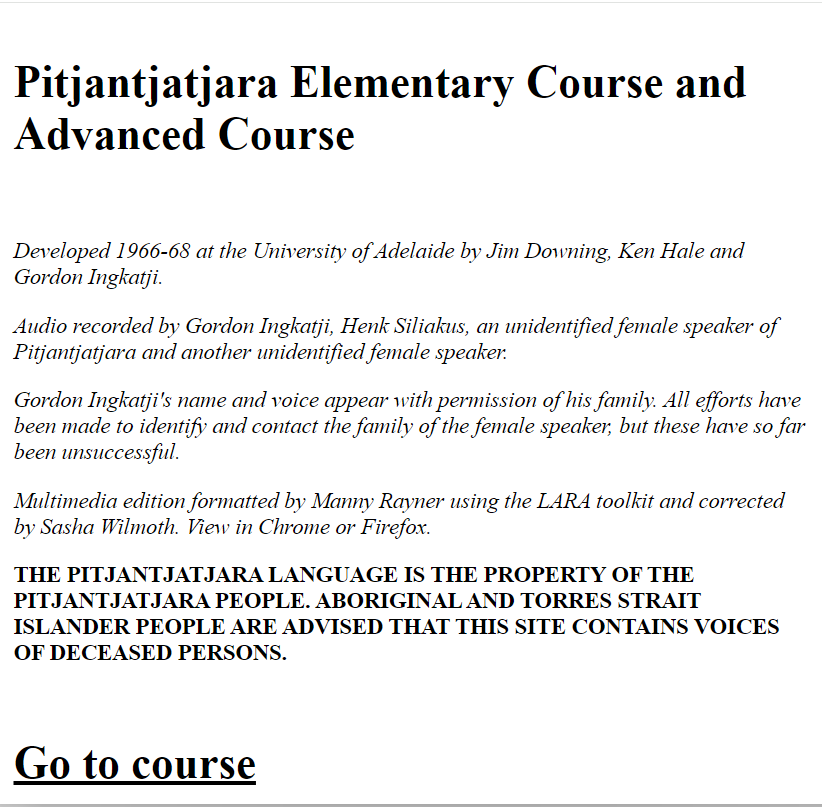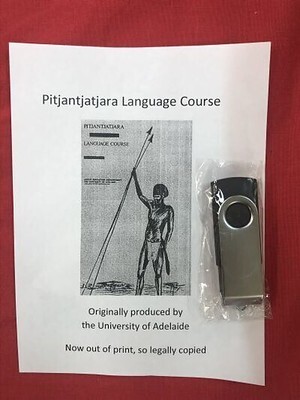What do you think?
Rate this book


29 pages, ebook
First published January 1, 1966

In Judaism, yetzer hara (Hebrew: יֵצֶר הַרַע, romanized: yēṣer haraʿ) is a term for humankind's congenital inclination to do evil. The concept is prominent in rabbinic texts and in the works of the Syriac poet Narsai.
(...)
In traditional Judaism, yetzer hara is not a demonic force; despite this, Samael [an archangel in Talmudic and post-Talmudic tradition; a figure who is the accuser or adversary (Satan in the Book of Job), seducer, and destroying angel (in the Book of Exodus)] is considered the source of the yetzer hara, through man's misuse of things the physical body needs to survive. Thus, the need for food becomes gluttony due to the yetzer hara. The need for procreation becomes promiscuity, and so on.